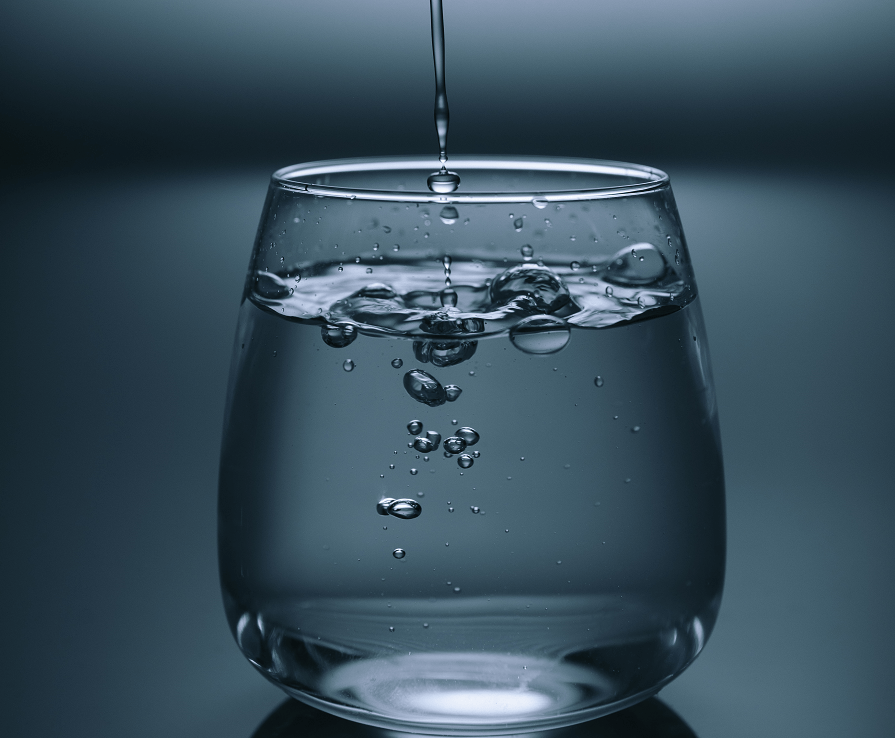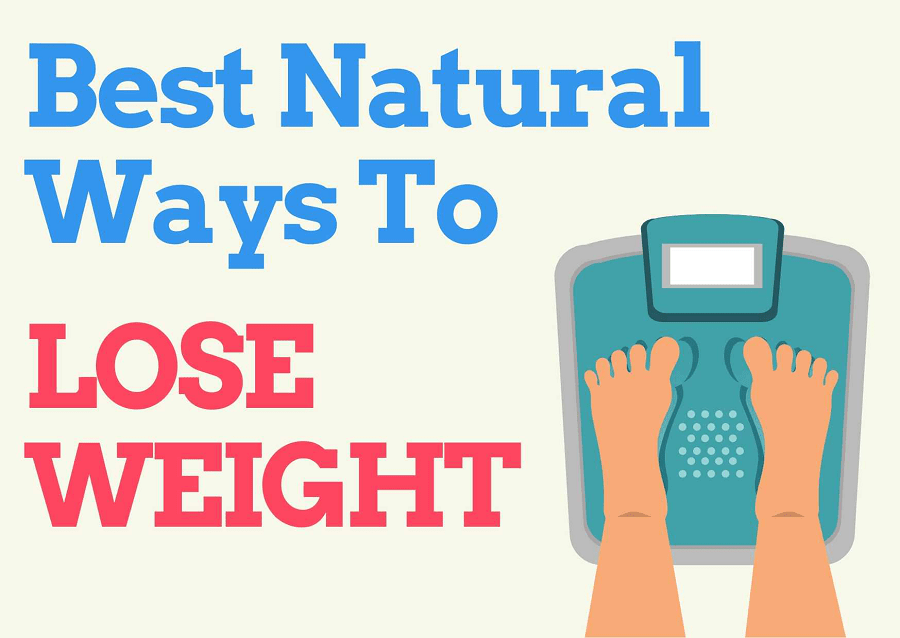Drinking water also contains contaminants like all other water molecules in your well water. There are four types of contaminants that can be found in well water, namely:
- Physical Contaminants: These mainly affect the appearance of water. Examples include sediments or organic matter suspended in water.
- biological contaminants: these include bacteria, viruses, protozoa and parasites
- Radioactive Contaminants: Radioactive chemical elements that may be naturally present in the soil, such as radon and uranium.
- Chemical contaminants: they can be of natural origin or of human origin. Examples include nitrogen, bleach, salts, metals, toxins produced by bacteria and drugs for humans or animals.
Although no natural water is completely free of contaminants, some are harmless when ingested. Others like calcium or magnesium are just a nuisance. Some, such as pesticides, can pose a serious health hazard depending on the amount and duration of exposure.
Let’s look at the dangers and the treatment of pesticides in your well water.
First, what are the pesticides?
A group of chemicals used to kill or control pests generally known as pesticide. This can include weeds, fungi, rodents, insects and nematodes. They are toxic by design and if they are in your well, you should not use well water for drinking, bathing or cooking until they are removed.
A study published on The Economist discuss the topic of pesticide use in agriculture in which nearly 500,000 hectares affected according to the Department of Agriculture
Fertilizer use will reach 1.6 million tonnes by 2020
The implementation of agricultural development projects is accompanied by an increase in the use of fertilizers and pesticides that can cause real damage to soils. Especially that some small farmers opt for generic products, cheaper, but more dangerous.
The impact of these poisonous products can extend even to water. If data on water contamination by these products are scarce, “some ONEE analyzes have revealed the presence of organochlorine and organophosphorus pesticides in the waters of Oued Sebou and Wadi Martil”, can we read in this document. Hence the importance of putting in place a more systematic control and analysis process.
Thus, the massive use of fertilizers and phytosanitary products promotes soil salinization. The most affected areas are those located in the irrigated perimeters of Ouarzazate, Tafilalet, El Haouz, Souss Massa and Gharb, it is reported.
With groundwater moving slowly, pesticides may not appear in wells for decades after application, depending on the pesticide used and geological conditions. For this reason, even banned pesticides can still appear in the water supply.
There are four main categories of pesticides, each containing a number of different chemicals, namely:
- Herbicides used to control weed growth
- Fungicides used to fight against mold
- insecticides used to control insects such as cockroaches or termites
- Nematocides used to control various types of worms
How pesticides are found in well water
Pesticides can enter the water supply in different ways. Pesticides are often used for surface treatment on farms, nurseries and golf courses.
Normal surface runoff can carry these pesticides into lakes and reservoirs where they can then end up in groundwater supplies.
Water penetration into the soil after a rain shower or melting snow can also result in pesticides in the soil, where they are found slowly in aquifers.
When handling these chemicals, it is important to follow the appropriate safety procedures. Incorrect spills or accidental spills can lead to contamination. Excessive or inappropriate application of pesticides on a property with a private well may result in contamination.
Safe use of pesticides around your well
Pesticide contamination can be greatly reduced by appropriate application. Here are some tips for using pesticides near your well:
- Read the label carefully before each use. Pay attention to the Environmental Hazards section on the label.
- Choose pesticides that break down quickly in the environment whenever possible
- Choose pesticides that do not move easily when applied.
- Never apply pesticides when it is raining or is about to rain.
- Avoid applying pesticides on hard surfaces where they can easily wash in storm sewers.
- If possible, leave an untreated area along pathways and drainage areas.
- When cleaning, make sure that the rinsing water does not contaminate the waterways.
- Never dispose of pesticides in storm sewers or sewers.
The effect of pesticide exposure on health
The effects of pesticides on health are manifold. It depends on factors such as the level of exposure and the duration of exposure.
Intense short-term exposure can lead to immediate problems such as vomiting, stomach pain, acute gastrointestinal disturbances, headache, dizziness, eye irritation and, at extreme levels, seizures.
Long-term exposure to low levels of pesticides has been linked to liver and lung cancers, fetal malformations and some genetic mutations.
Treat your water against pesticide contamination
If your well water is positive for pesticides, do not panic! Treatment options are available to remove them from your water source. Reverse osmosis and granular charcoal filtration are both affordable and effective treatments for pesticide removal.
Reverse osmosis:
These systems push water through a permeable membrane that lets water molecules pass, but blocks larger ions like those in pesticides. RO systems are typical “point-of-use” systems found in the kitchen near the sink. RO systems are effective, but smaller, inexpensive systems typically only handle a few gallons a day.
Recent improvements in RO membrane technology allow more expensive systems to produce more than 100 gallons per day.
Granulated Activated Carbon:
GAC filters are relatively inexpensive and very easy to use. They remove pesticides when the contaminant adheres to carbon, charcoal or charcoal. These systems are generally also point-of-use systems. Filtered GAC pitchers are inexpensive and effective at removing pesticides. Modify the filters according to the manufacturer’s instructions to maintain their effectiveness.

















Add Comment